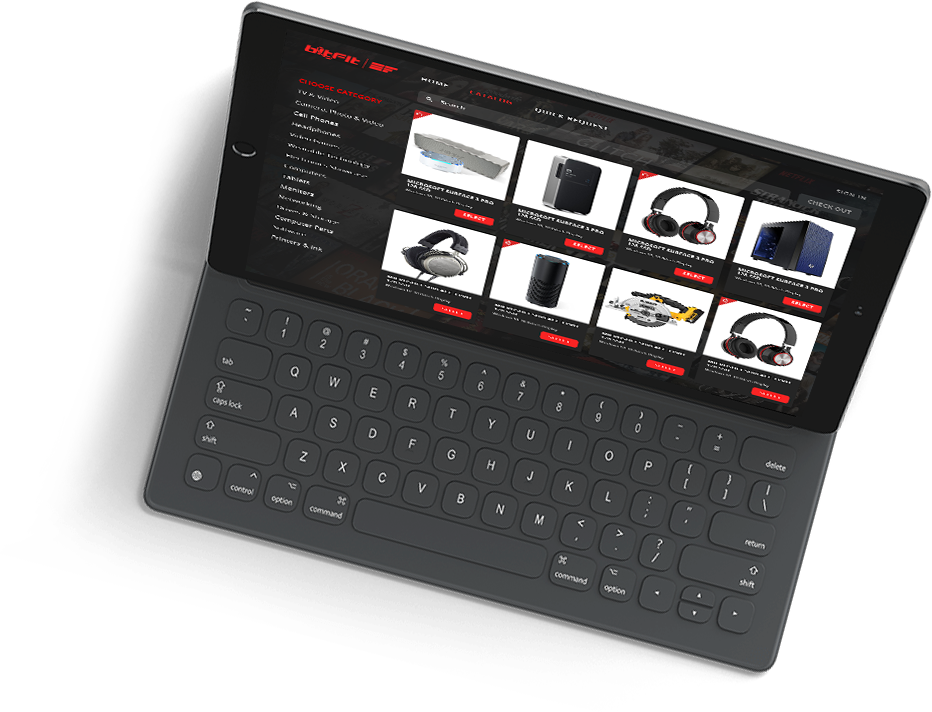
IT Asset Management Software (ITAM) is essential for companies to effectively manage their hardware, software, and other IT assets. ITAM software provides businesses with an efficient and streamlined way of managing and tracking their IT assets, ensuring they are utilized to their fullest potential. However, to get the most out of ITAM software, it is essential to follow best practices. This article will discuss the best practices for getting the most out of your IT Asset Management Software.
Understand the Capabilities of Your IT Asset Management Software
Before implementing any ITAM software, it is important to understand the capabilities of the software. ITAM software comes with a range of features and functions, each designed to help businesses manage their IT assets more effectively. However, not all features may be relevant to your organization. Understanding the capabilities of your ITAM software can help you configure the software to meet your organization’s specific needs.
Configuring the software to meet your organization’s specific needs is necessary as it will ensure it is used to its fullest potential. For example, suppose your organization has a large number of mobile devices. In that case, you can configure the software to track these devices separately from other assets. Likewise, you can also configure the software to track licenses separately from hardware assets.
Establish a Centralized IT Asset Management Database
A centralized IT Asset Management database is fundamental for effective IT Asset Management. A centralized database allows organizations to store all asset-related data in a single location, making tracking and managing assets easier. In addition, with a centralized database, keeping track of all assets can be more accessible, mainly if they are spread across different locations.
Creating a centralized database requires businesses to collect data on all their IT assets, including hardware, software, and licenses. This data should be stored in a single database, accessible by all relevant employees. In addition, it is vital to ensure that the database is accurate and up-to-date, as inaccurate data can lead to issues.
Implement Effective Asset Tracking
Asset tracking is an essential component of IT Asset Management. Asset tracking allows businesses to keep track of their assets, including their location, condition, and maintenance history. This information is important as it can help organizations make informed decisions regarding the allocation of IT assets.
Implementing asset tracking requires businesses to assign unique identifiers to each asset. These identifiers and other relevant asset information should be tracked in the centralized database. Organizations should also implement a system for monitoring assets. This could involve regular physical checks, automated asset tracking systems, or a combination of both.
Streamline IT Procurement Processes
Effective IT procurement processes are essential for managing IT assets effectively. Procurement processes ensure businesses have the right IT assets at the right time and cost. However, procurement processes can be time-consuming and complex. Streamlining procurement processes can help businesses save time and reduce costs.
Streamlining procurement processes involves implementing a standardized procurement process that all employees follow. For example, this could involve creating a set of procurement guidelines that outline the process for requesting, approving, and purchasing IT assets. Additionally, businesses should ensure that all procurement processes comply with relevant regulations.
Automate Reporting
Reporting is an essential component of IT Asset Management. Reporting allows businesses to track their IT assets’ performance and identify improvement areas. However, reporting can be time-consuming and complex. Automating reporting can help businesses save time and ensure accurate and up-to-date reports.
Automating reporting involves setting up a system that generates reports automatically. This could involve configuring the ITAM software to generate reports regularly or in response to specific events. Additionally, businesses should ensure that reports are customizable, allowing employees to generate reports that meet their needs.
Ensure Data Security and Compliance
Data security and compliance are essential considerations when implementing ITAM software. ITAM software contains sensitive information about IT assets, including purchase dates, serial numbers, and other identifying information. Protecting this information is essential to prevent data breaches and other security incidents.
To ensure data security, businesses should implement access controls, encryption, and data backups. Access controls ensure that only authorized personnel can access ITAM software and data. At the same time, encryption helps protect data in transit and at rest. Data backups are also important as they can help businesses recover from data loss or corruption.
In addition to data security, businesses must ensure that their ITAM software complies with relevant regulations. These regulations may include data privacy laws, such as the GDPR or CCPA, and industry-specific regulations like HIPAA or SOX. Therefore, businesses should ensure that their ITAM software is configured to comply with these regulations.
Train Users on How to Use the Software
Finally, training users on how to use ITAM software effectively is important. ITAM software is only effective if employees know how to use it correctly. Training programs can help ensure that employees are proficient in using the software and understand its capabilities.
Developing a training program involves identifying the key features and functions of the software and developing training materials that cover these topics. These training materials should be made available to all employees using the software. Additionally, businesses should ensure that all employees receive regular training to ensure their skills remain up-to-date.
Conclusion
Effective IT Asset Management is essential for businesses looking to get the most out of their IT assets. ITAM software provides businesses with a powerful tool for managing their IT assets. Still, it is essential to follow best practices to ensure the software is used to its fullest potential. By understanding the capabilities of ITAM software, establishing a centralized database, implementing effective asset tracking, streamlining procurement processes, automating reporting, ensuring data security and compliance, and training users on how to use the software, businesses can optimize their IT Asset Management processes and achieve greater efficiency and cost savings.

